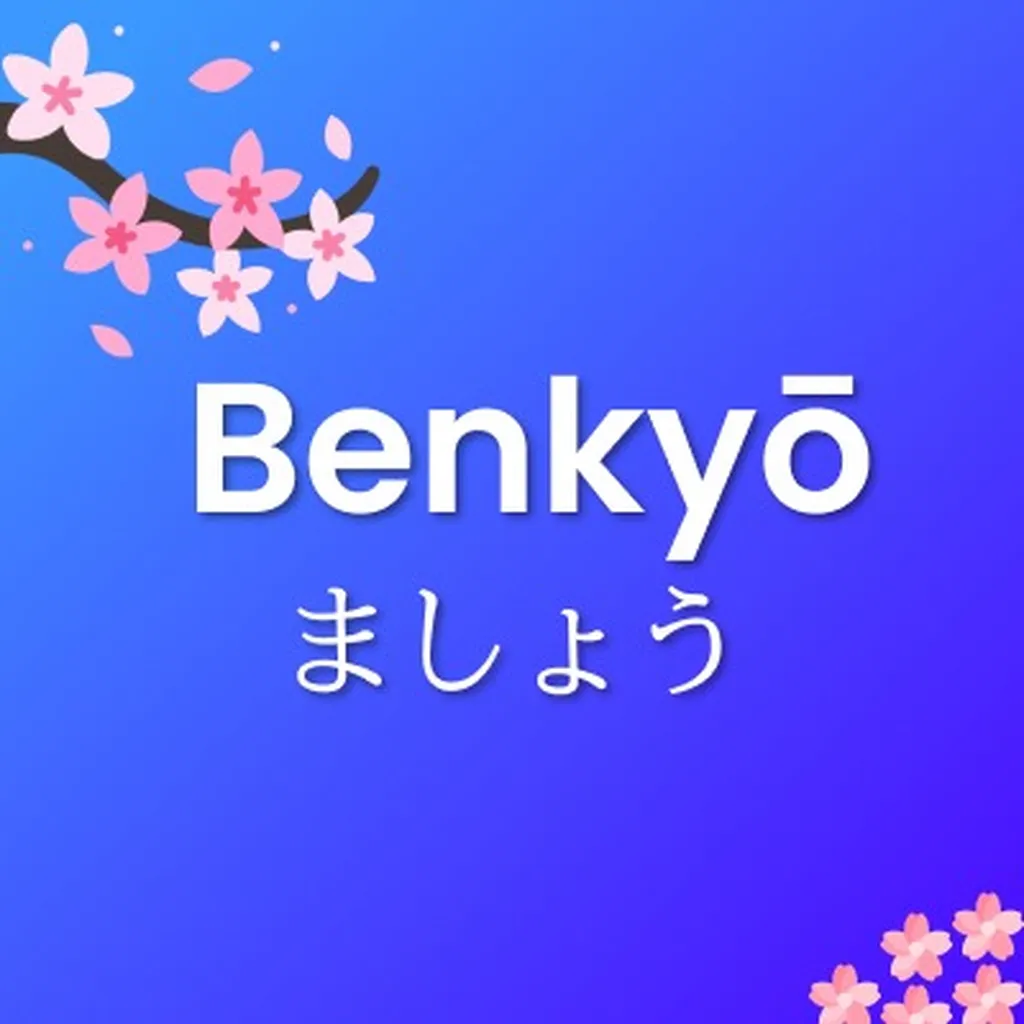Japanese Writing Systems
The Japanese language consists of three main writing systems: hiragana, katakana, and kanji. This course assumes you already have basic familiarity with hiragana and katakana, as knowing these characters is essential before diving deeper into Japanese studies. If you feel confident, you can skip ahead—but if you'd like a quick refresher, we've included both character sets below.
Learning Note: Hiragana and katakana form the essential foundation for reading and writing Japanese. Investing time now to memorize these characters thoroughly will make your learning journey much smoother.
Hiragana (ひらがな)
Hiragana is used for native Japanese words, grammatical elements, and words for which kanji might be too complex.
| a | i | u | e | o | |
|---|---|---|---|---|---|
| あ | い | う | え | お | |
| k | か | き | く | け | こ |
| s | さ | し | す | せ | そ |
| t | た | ち | つ | て | と |
| n | な | に | ぬ | ね | の |
| h | は | ひ | ふ | へ | ほ |
| m | ま | み | む | め | も |
| y | や | ゆ | よ | ||
| r | ら | り | る | れ | ろ |
| w | わ | を | |||
| ん |
Katakana (カタカナ)
Katakana is used for foreign words, names, emphasis, and technical terms.
| a | i | u | e | o | |
|---|---|---|---|---|---|
| ア | イ | ウ | エ | オ | |
| k | カ | キ | ク | ケ | コ |
| s | サ | シ | ス | セ | ソ |
| t | タ | チ | ツ | テ | ト |
| n | ナ | ニ | ヌ | ネ | ノ |
| h | ハ | ヒ | フ | ヘ | ホ |
| m | マ | ミ | ム | メ | モ |
| y | ヤ | ユ | ヨ | ||
| r | ラ | リ | ル | レ | ロ |
| w | ワ | ヲ | |||
| ン |
Tip: Start by learning five characters a day. Begin with the vowels (あいうえお/アイウエオ) and gradually add consonant groups.
